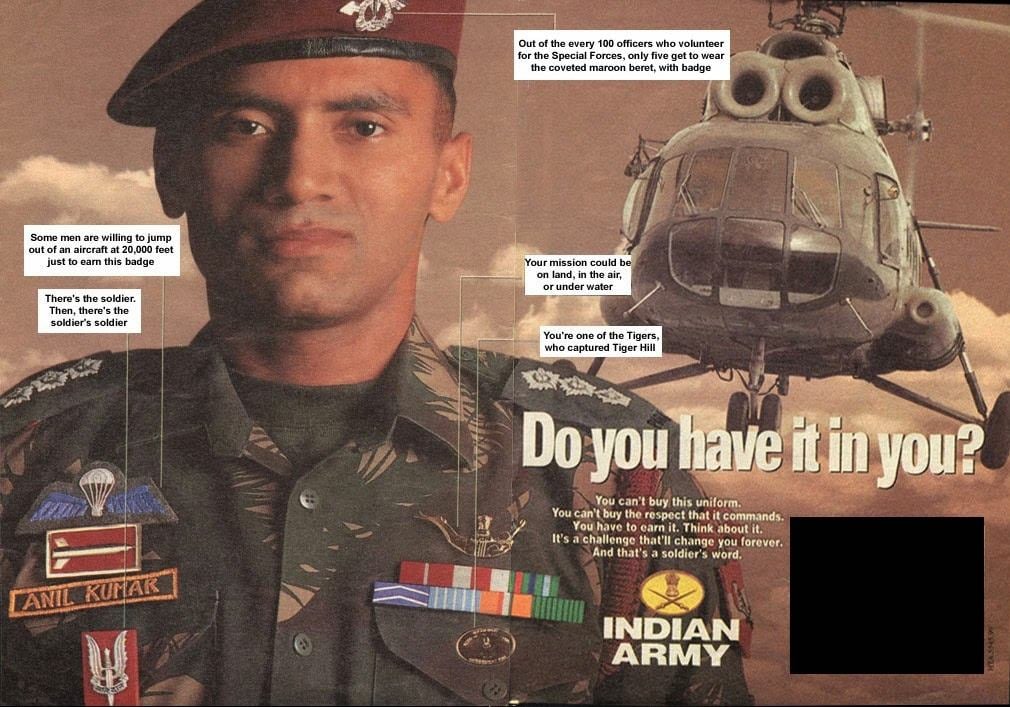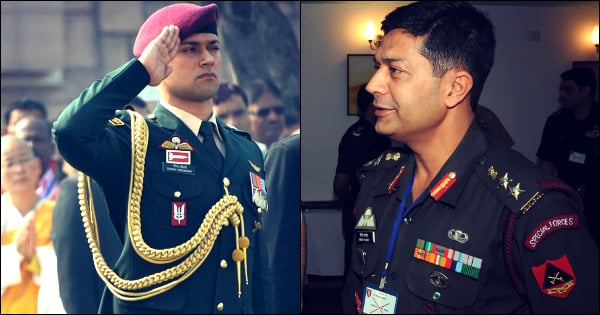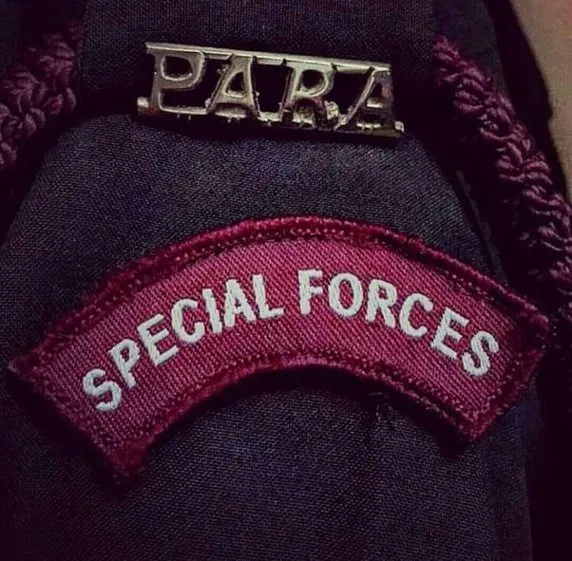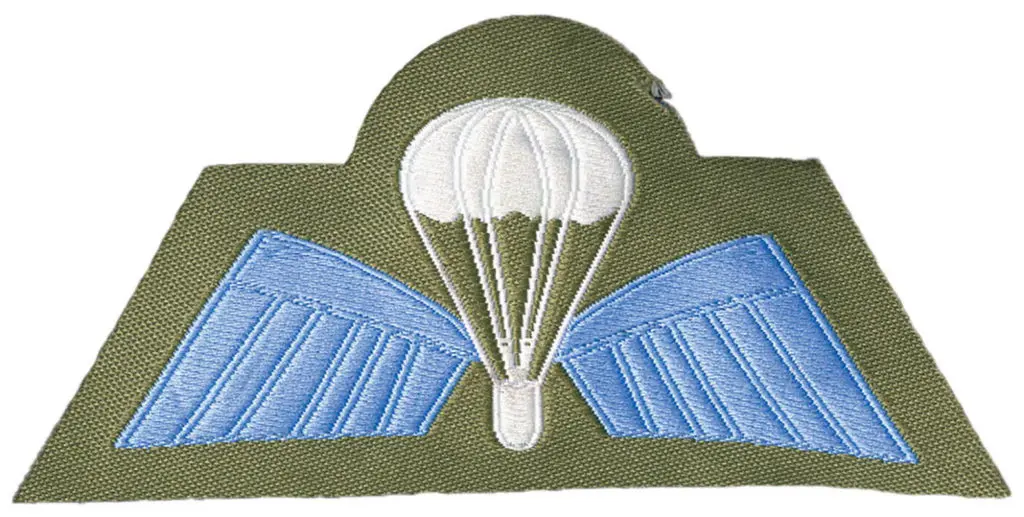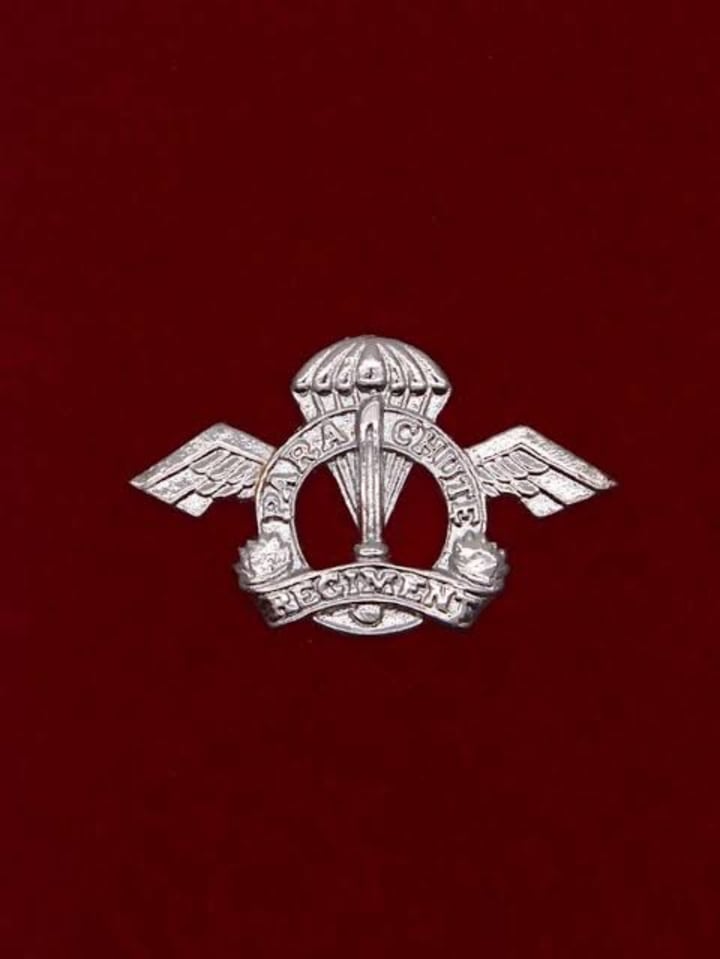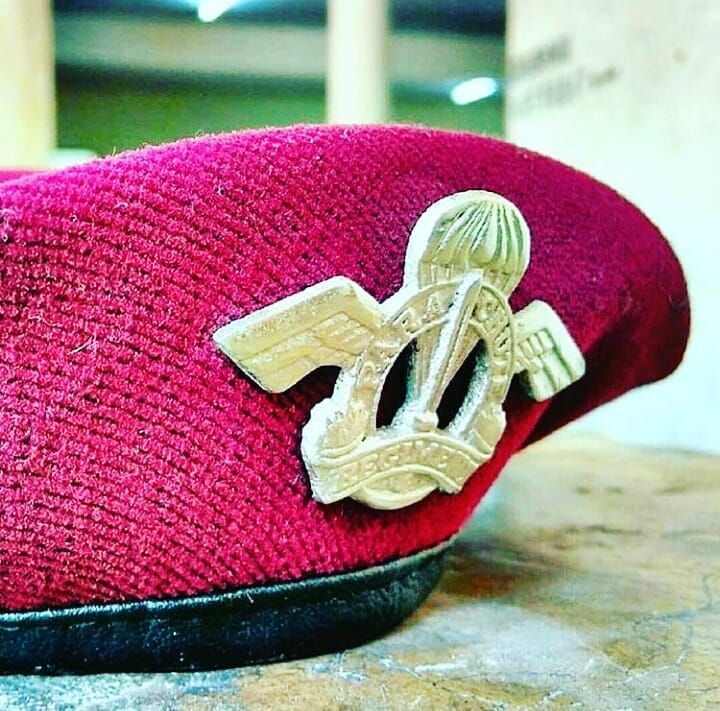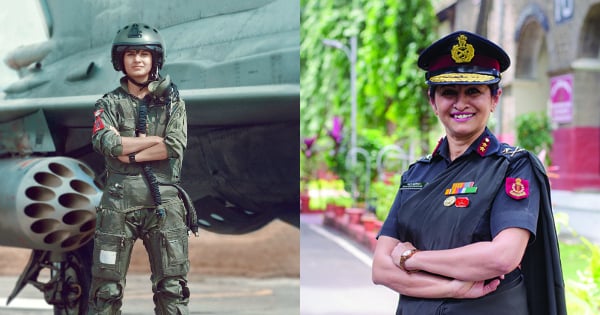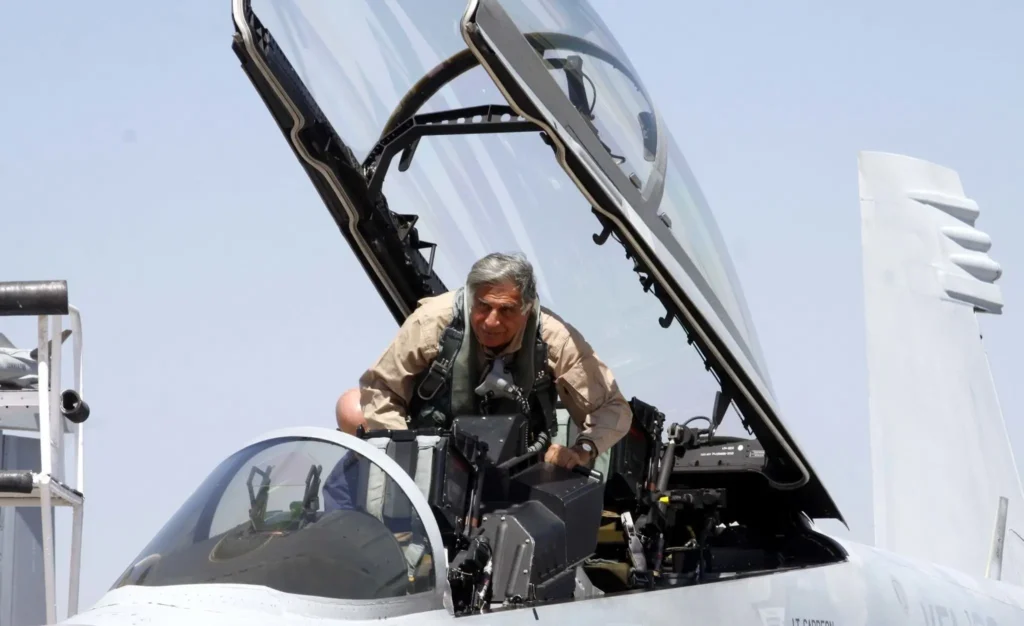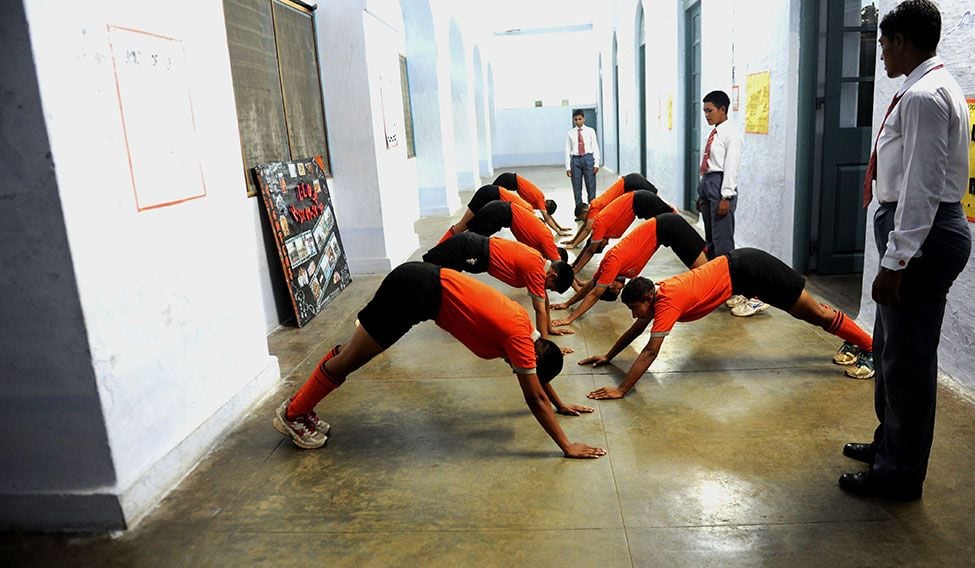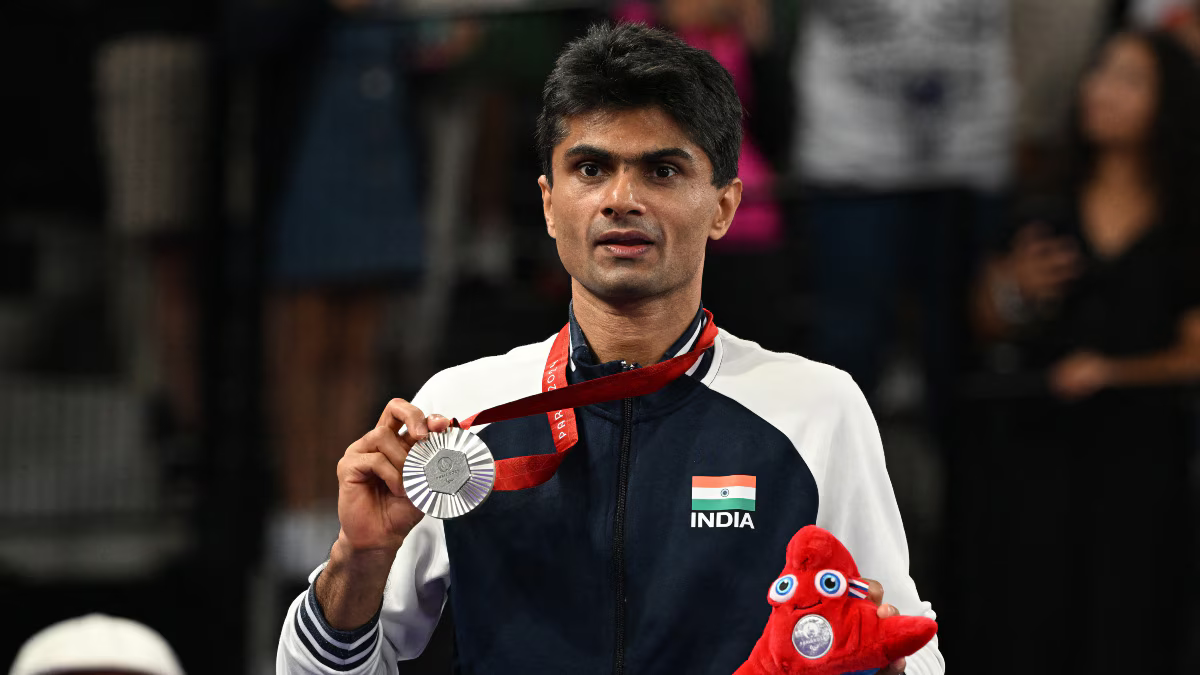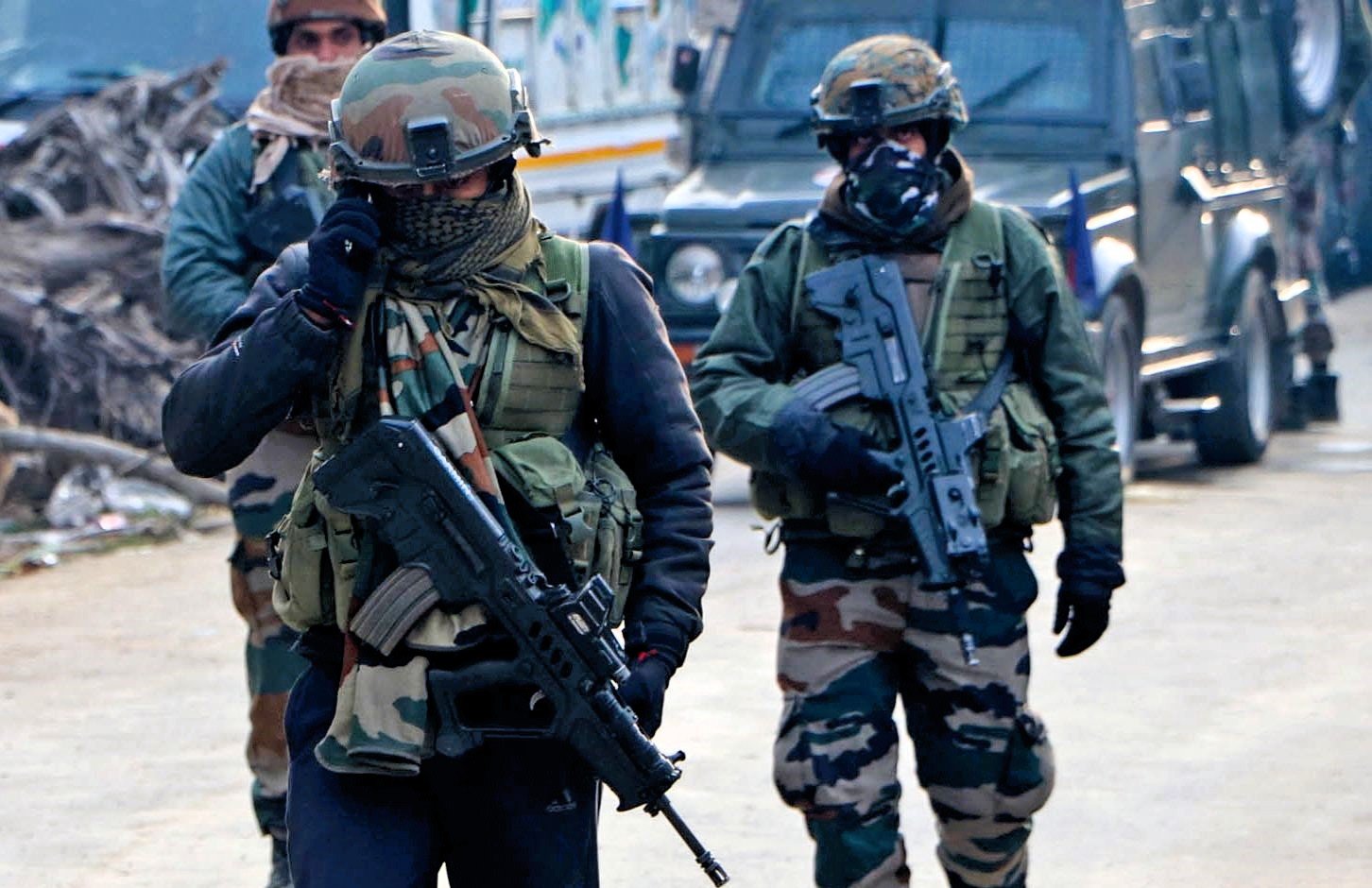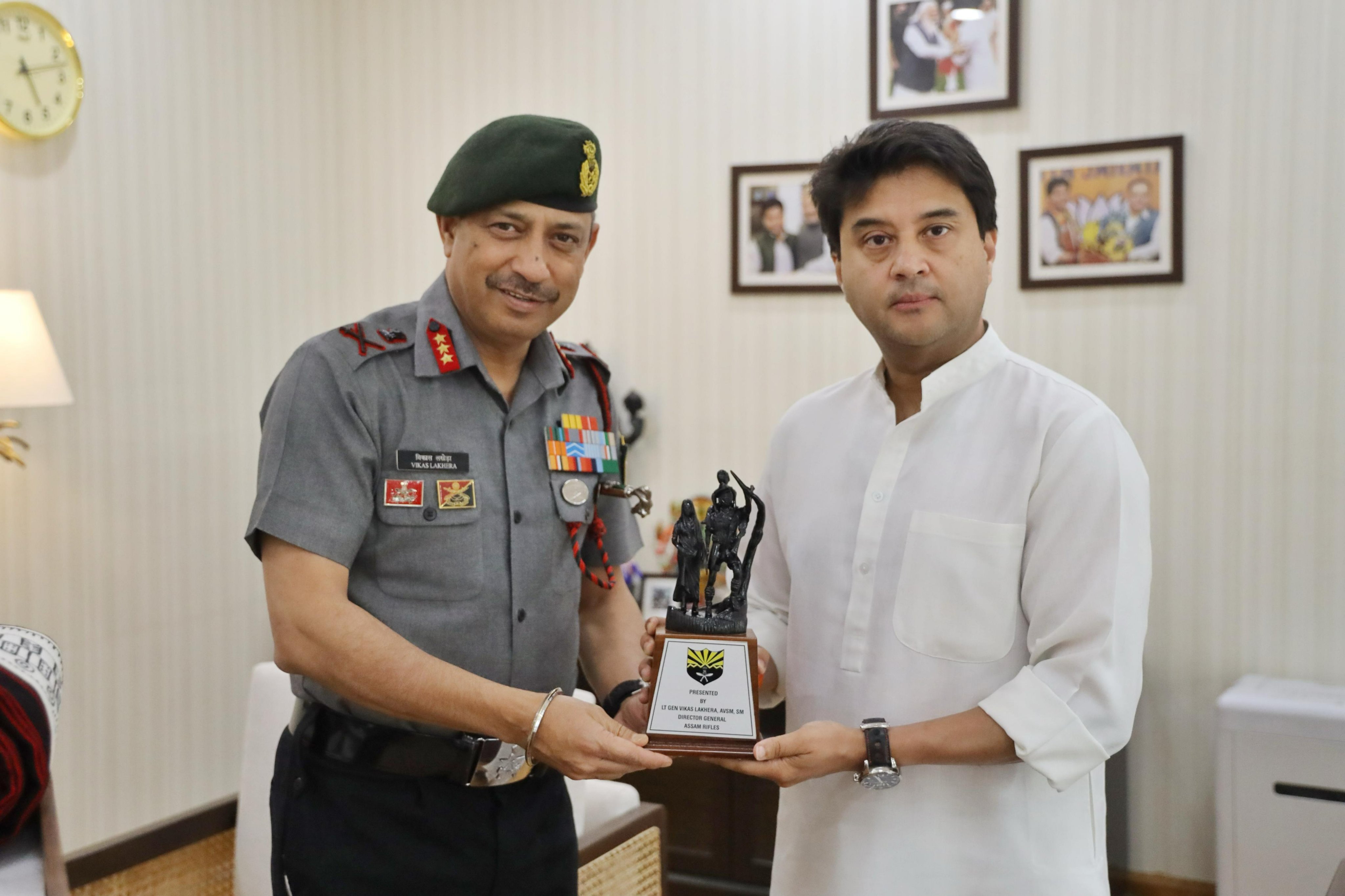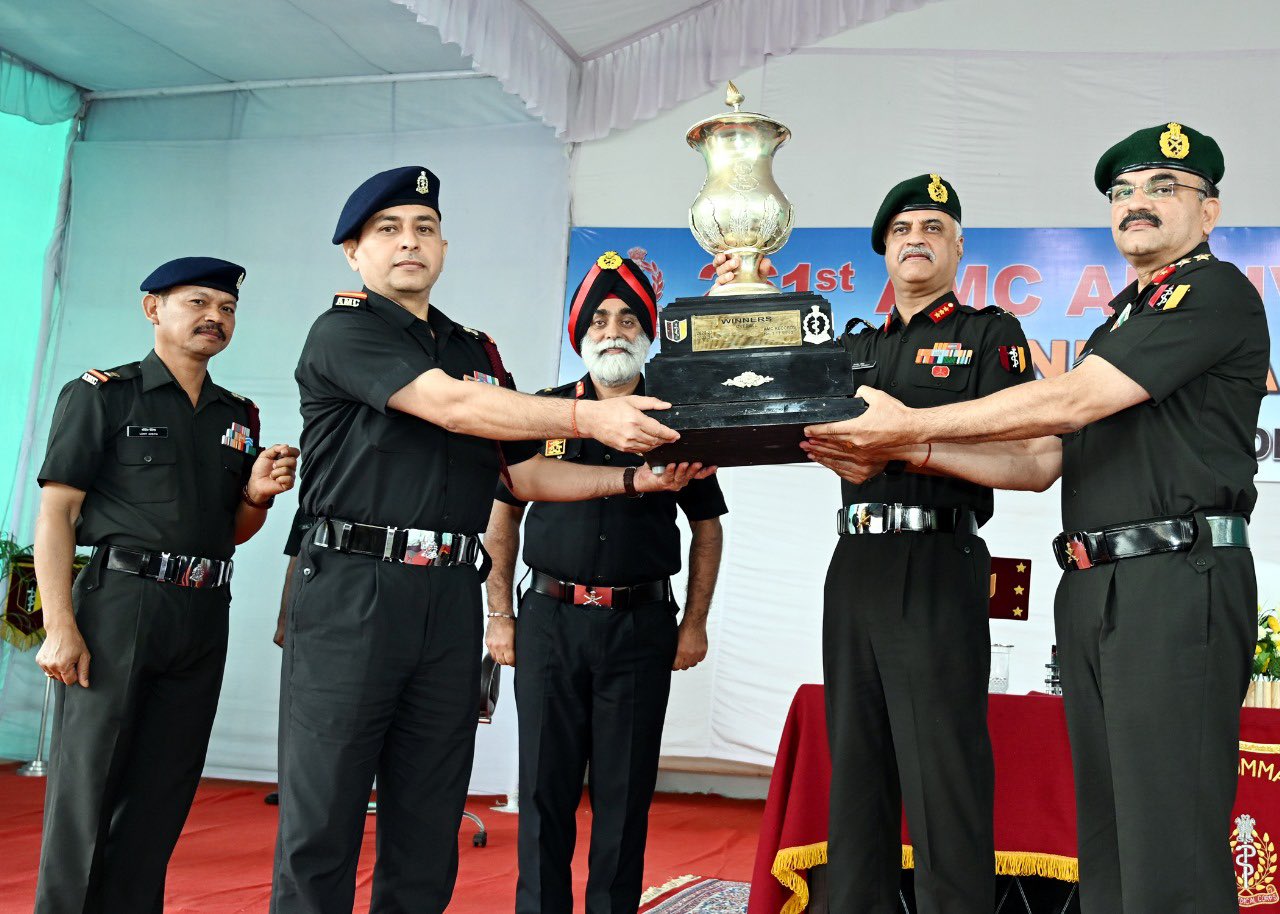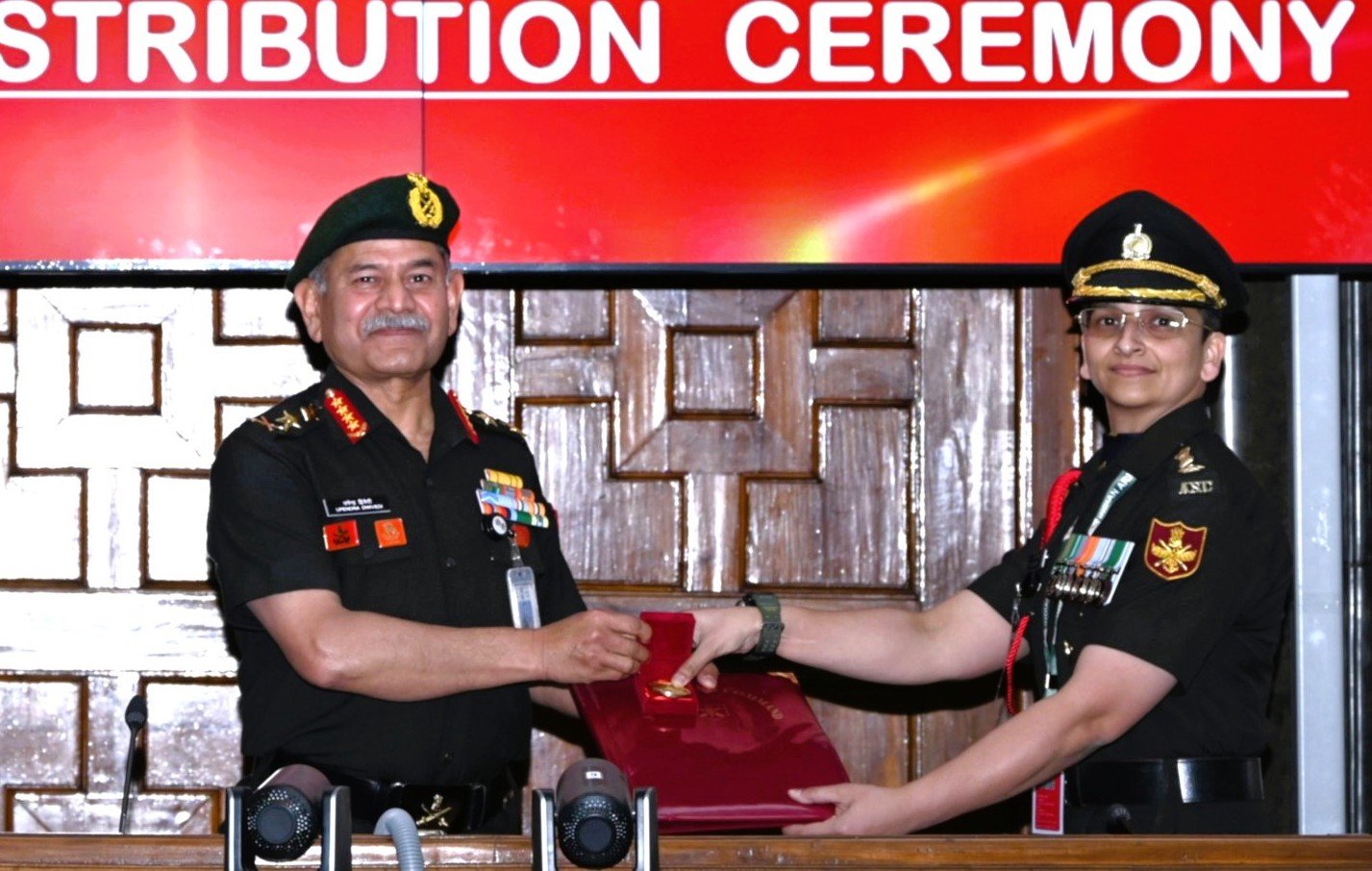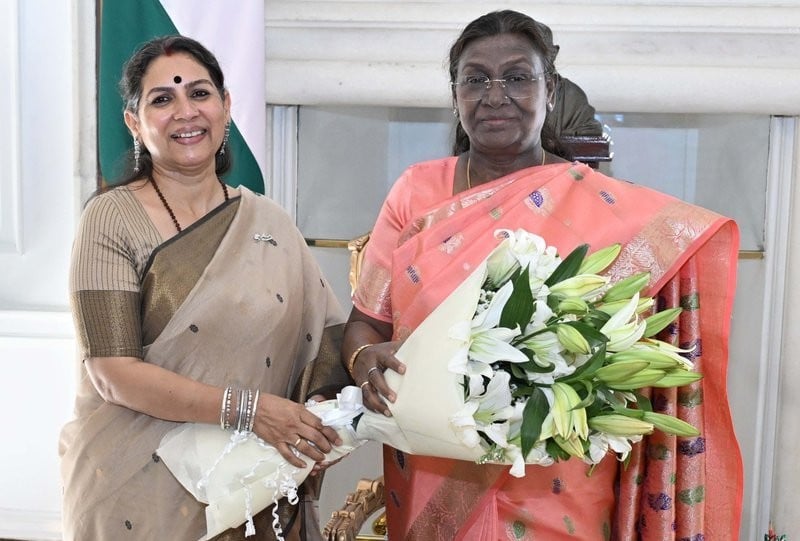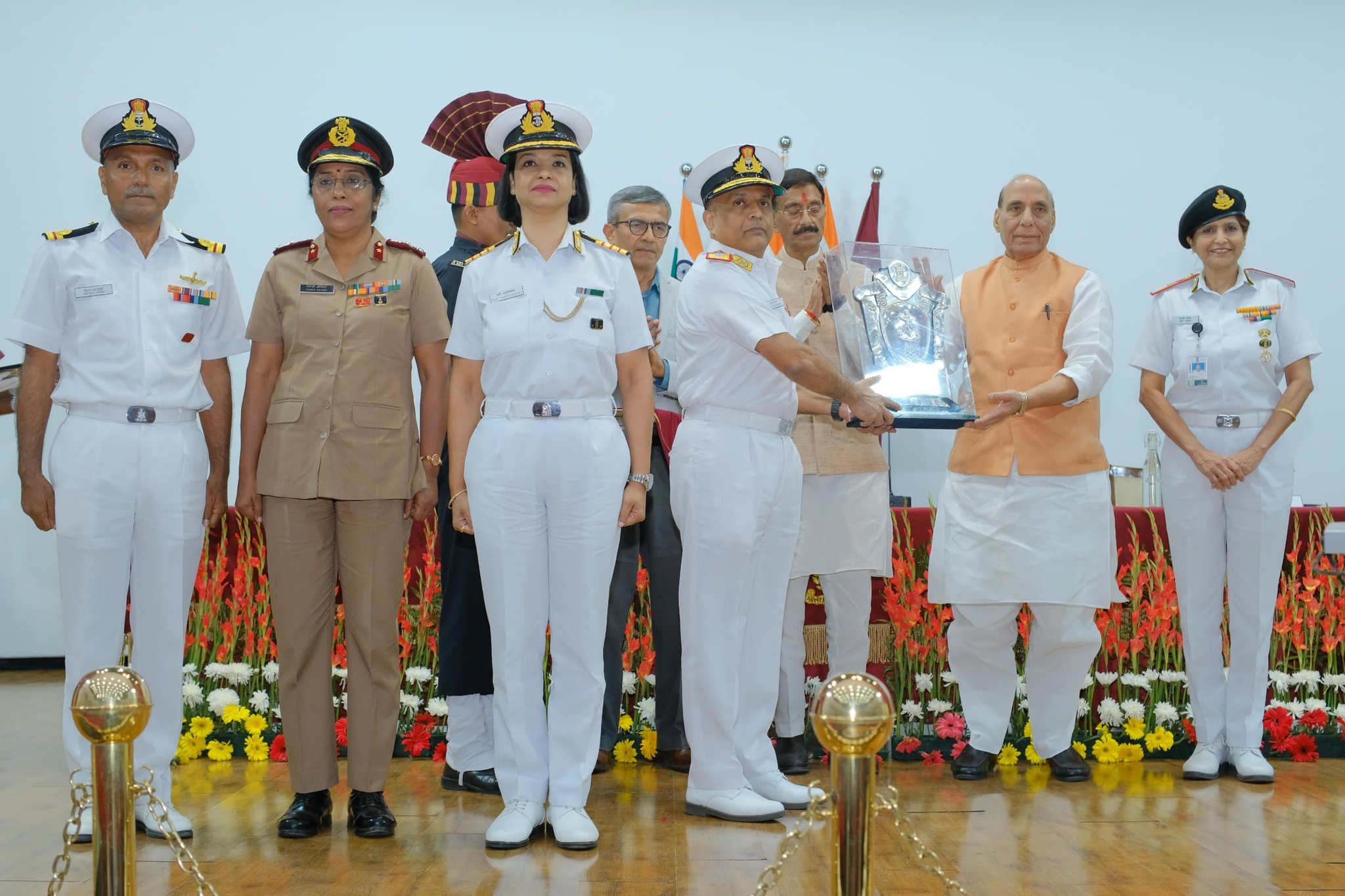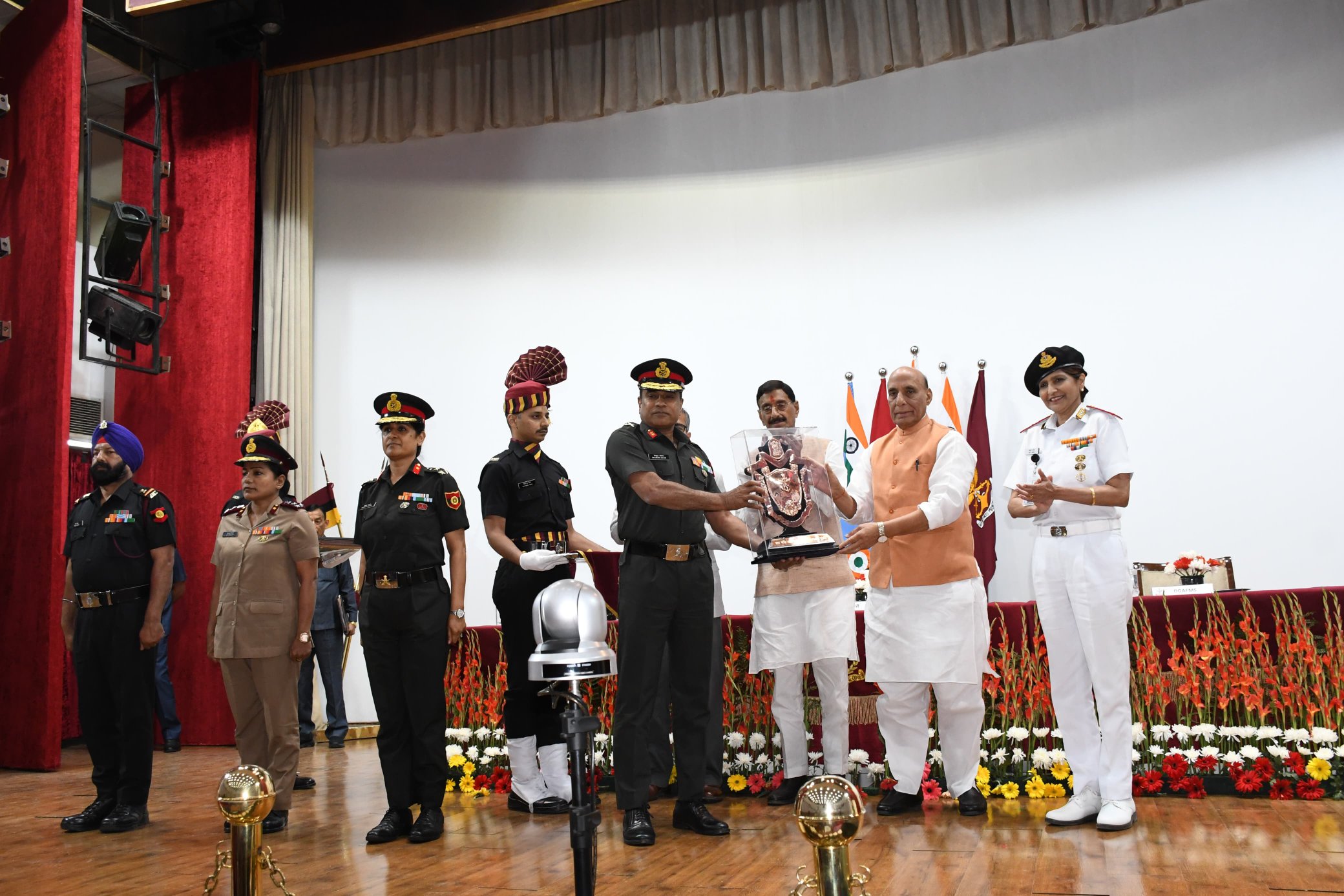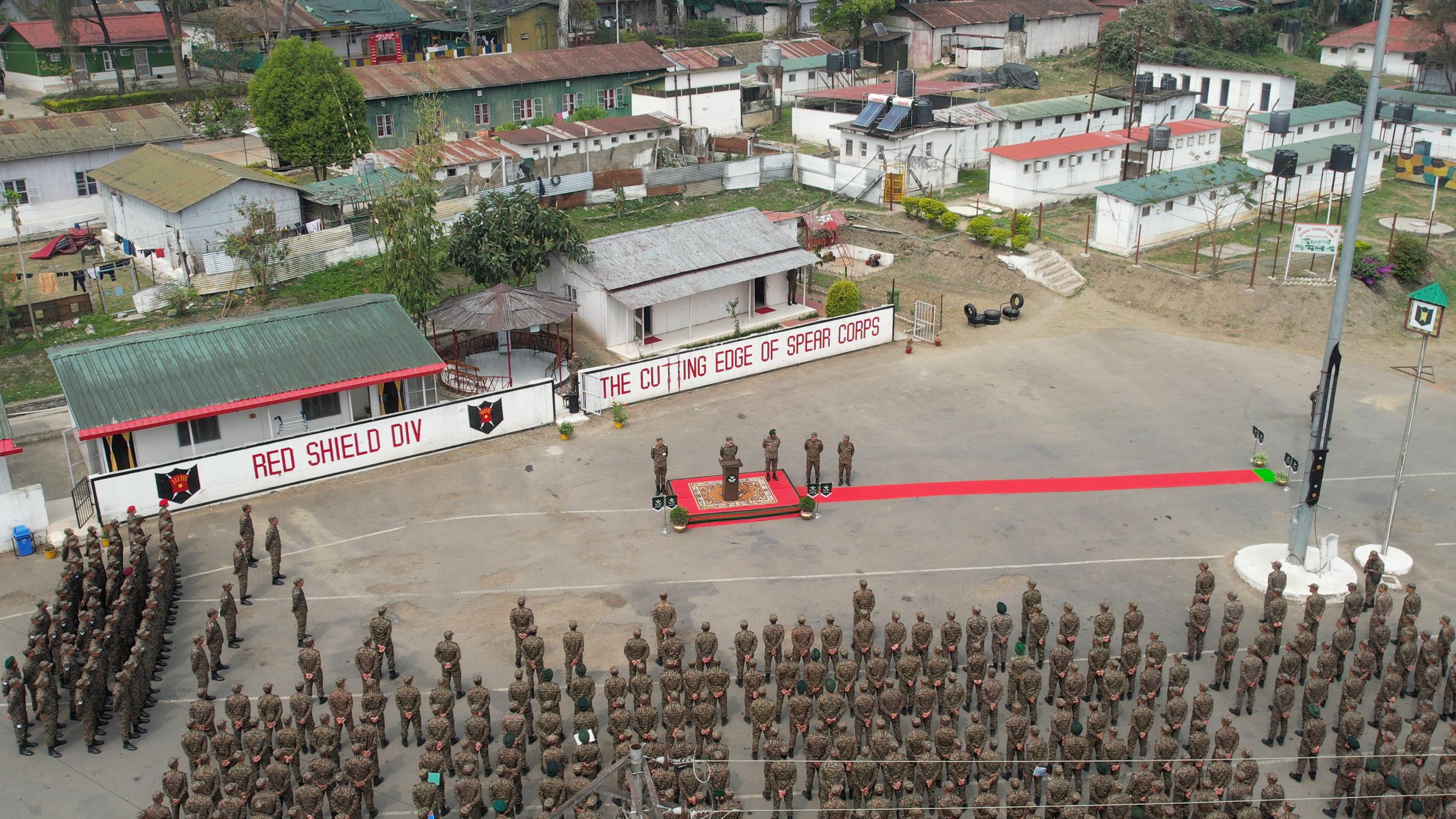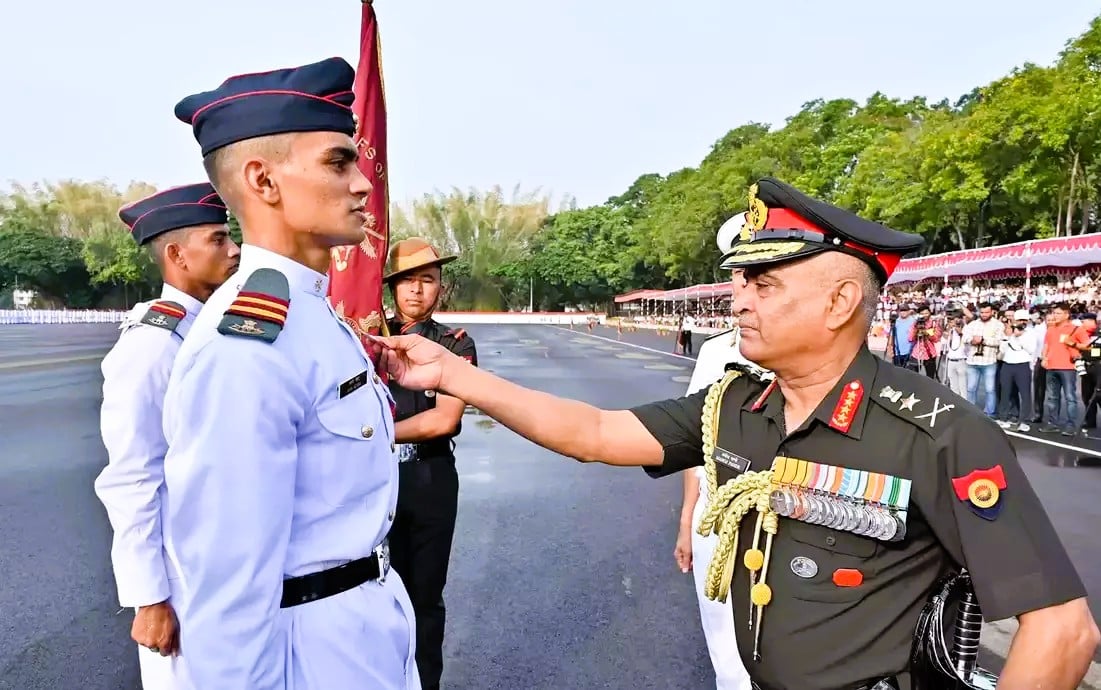“Men Apart, Every Man an Emperor…”
Para Commandos or Para (SF) is a special forces unit of the Indian Army’s Parachute Regiment and is tasked with missions such as special operations, direct action, hostage rescue, counter-terrorism, unconventional warfare, special reconnaissance, foreign internal defence and security, counter-proliferation, counter-insurgency, seek and destroy and personnel recovery.
A Para Commando earns various badges as honors for the distinct services to the nation.

Indian Parachute Regiment is one of the most prestigious regiment around the world, every Indian defence aspirant and serving member wish to join the regiment and wear the iconic maroon beret, but it’s not easy to earn the prestigious title of “Airborne Soldier”.
Indian Parachute Regiment has the largest share of the Special Forces of India in its fold and is generally known as the Indian Para Special forces.
Let’s talk about the Badges earned by our Para Commandos or Para (SF) :
- BALIDAAN BADGE: The special forces, which form part of the Parachute Regiment, have a distinct insignia called Balidaan, which has a commando dagger pointed downwards, with upward-extending wings extending from the blade and a scroll superimposed on the blade with “Balidaan” inscribed in Devanagari; the whole in silver metal on an upright red plastic rectangle. Only the Para Commandos are allowed to wear the Balidaan Badge.
2. SHOULDER TITLE: The special forces personnel also wear a maroon curved shoulder title with SPECIAL FORCES embroidered in light blue, succeeding the COMMANDO tab in 2006 with was in use since inception.
3. PARA WINGS: There remains a single airborne brevet: an open parachute in white, with light blue wings extended from it, the whole on a gray-green drab background. (Some other variants have existed for ceremonial/mess uniforms, e.g., with gold wired wings on a maroon flannel, the same on a scarlet background for the PBG on their ceremonial tunics. This was formerly worn on the upper right sleeve but since 1975 appears above the right chest pocket and name tag.
4. REGIMENTAL BADGE: The regimental badge for the Parachute Regiment is an open parachute, partially behind a circle with the word “PARACHUTE” at the top and a scroll at the bottom with the word “REGIMENT”; wings are spread out from the circle, and a dagger is superimposed on the parachute and upper portion of the circle; the whole in silver metal.
5. HEADGEAR: As with much of the world’s parachute forces, the normal headgear is a maroon beret, although there is a maroon turban for Sikh personnel. Also known as the famous Maroon beret.
6. JUMP INDICATOR WINGS: There is a small enameled version (white parachute with blue, yellow, or red wings) worn on the left pocket as Jump Indicator Wings (for 25, 50 or 100 descents, respectively). The small enameled badge has now been replaced by a brass badge with stars at the bottom of the parachute, with one star denoting 25 jumps, two stars 50 and three stars 100.
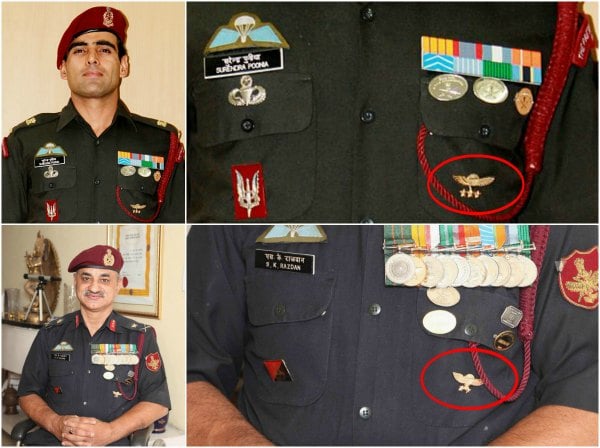
7. DIVING BADGE: Some of the trainees are also taught specialized mode of infiltration and exfiltration, either by air (combat freefall) or sea (combat diving). Those opting for the combat diving earns the Diving badge. The badge speaks that you are ready to take any mission either on land or sea. Diving badges are common in SF as they have a diving component in every squadron/company.
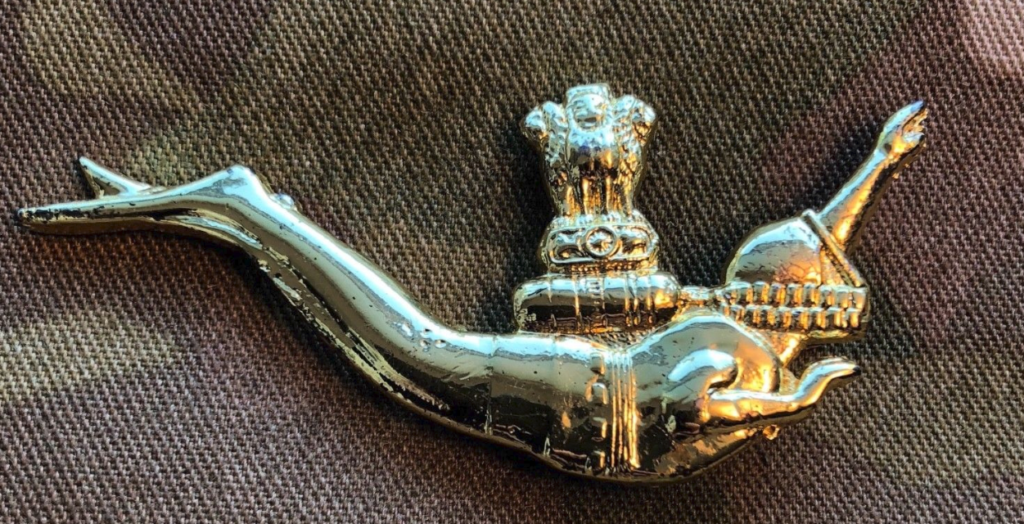
8. COMMENDATION CARD: All three branches of the military issue Commendation Cards, which are badges awarded for “individual acts of gallantry or distinguished service or devotion to duty performed either in operation or non-operational areas which are not of a sufficiently high order to qualify for a higher gallantry award or for which the higher award is inappropriate. The award will be for a specific act of bravery or distinguished or special service. The award will not be made posthumously.” All three branches issue Commendations Cards at the level of the highest officer (Chief of the Army Staff, Chief of the Naval Staff and Chief of the Air Staff). The awards at lower levels seem to vary between services.
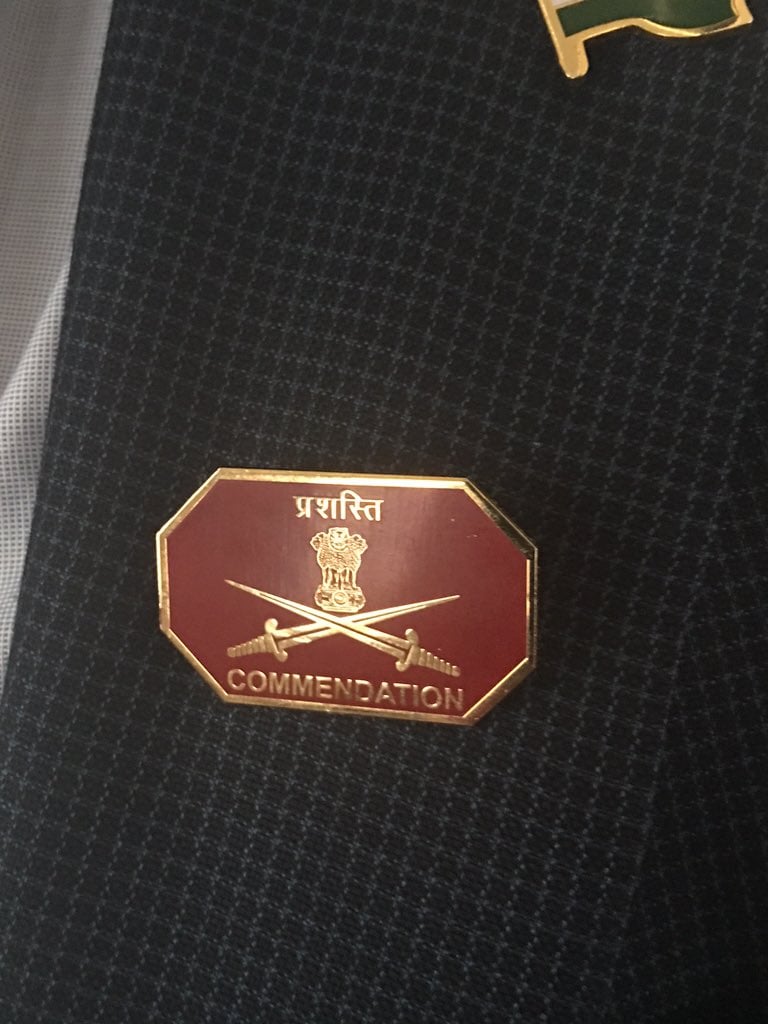
9. COMBAT FREE FALLING BADGE: The free-fall course requires at least 50 jumps from altitudes up to 33,500 feet to pass. Both HALO (High Altitude Low Opening) and HAHO (High Altitude High Opening) techniques are learned. Apart from the regular parachute badge, freefall jumpers wear a gold badge.
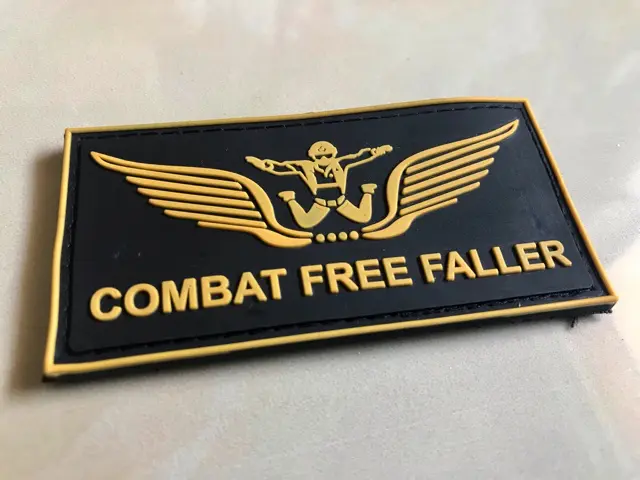
10. TIGER HILL BADGE: This badge is awarded to the Para Commandos who has helped the capturing of tiger hill during the 1999 Kargil war.
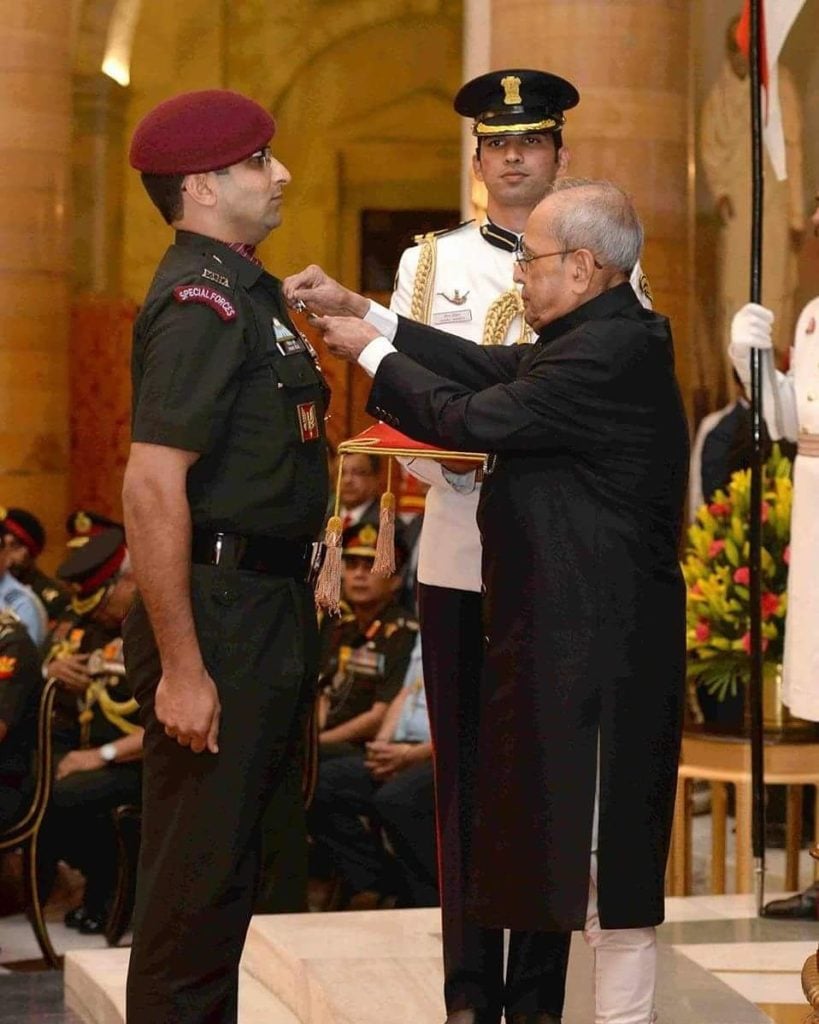
11. CHAKRATA BADGE: This is a rare badge that’s worn over the ribbons which appears like a winged square with a dagger enclosed in lightning. This signifies service with Special Frontier Force based in Chakrata after the 1962 Sino-Indian war.
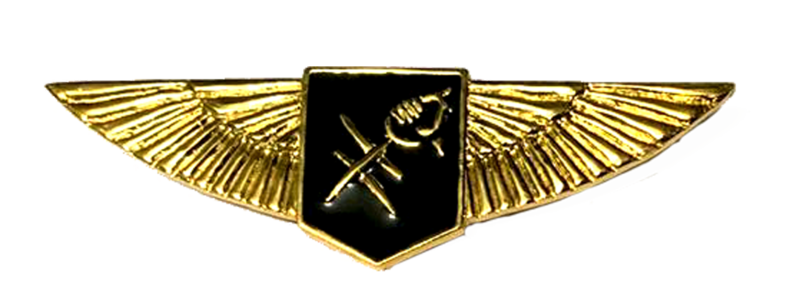
12. MEDALS & GALLANTRY AWARDS: Apart from all these badges we have the medals that are don on the left side pocket.
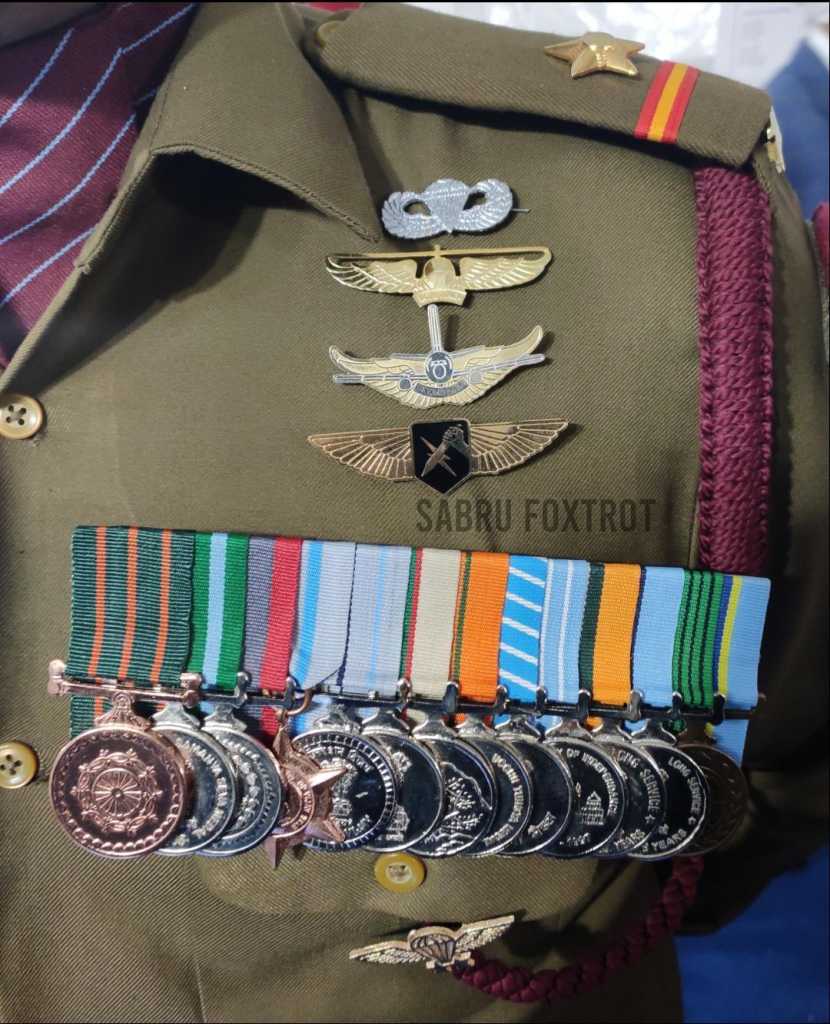
13. NAME PLATE: The name plate fetches the name of the Para commando.
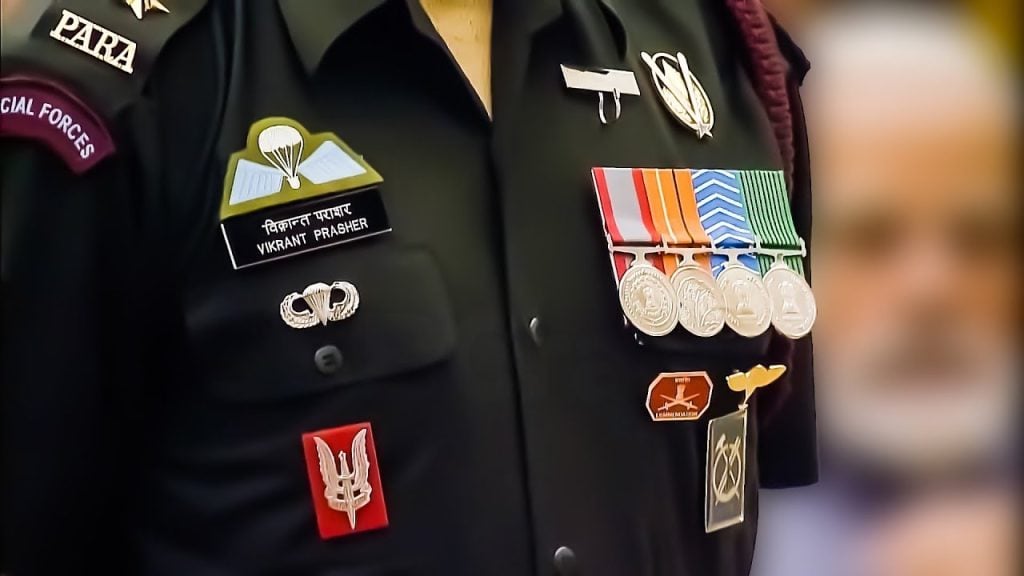
14. US Parachute Badge: The Parachutist Badge, also commonly referred to as “Jump Wings” is a military badge of the United States Armed Forces. It is earned by PARA SF soldiers who complete the training in US.
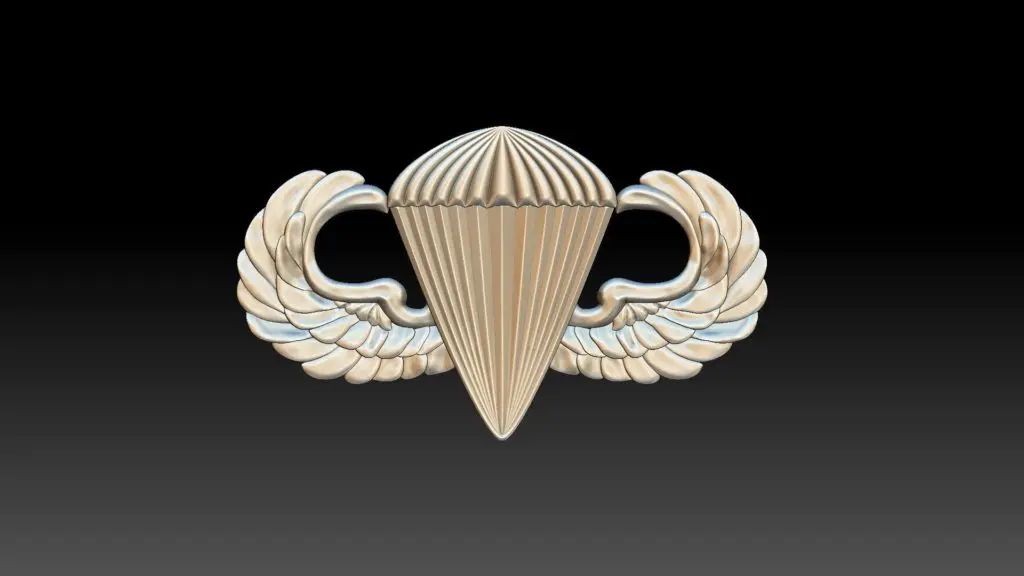
15. NSG Badge: This earned by PARA SF soldiers who have served in NSG too.
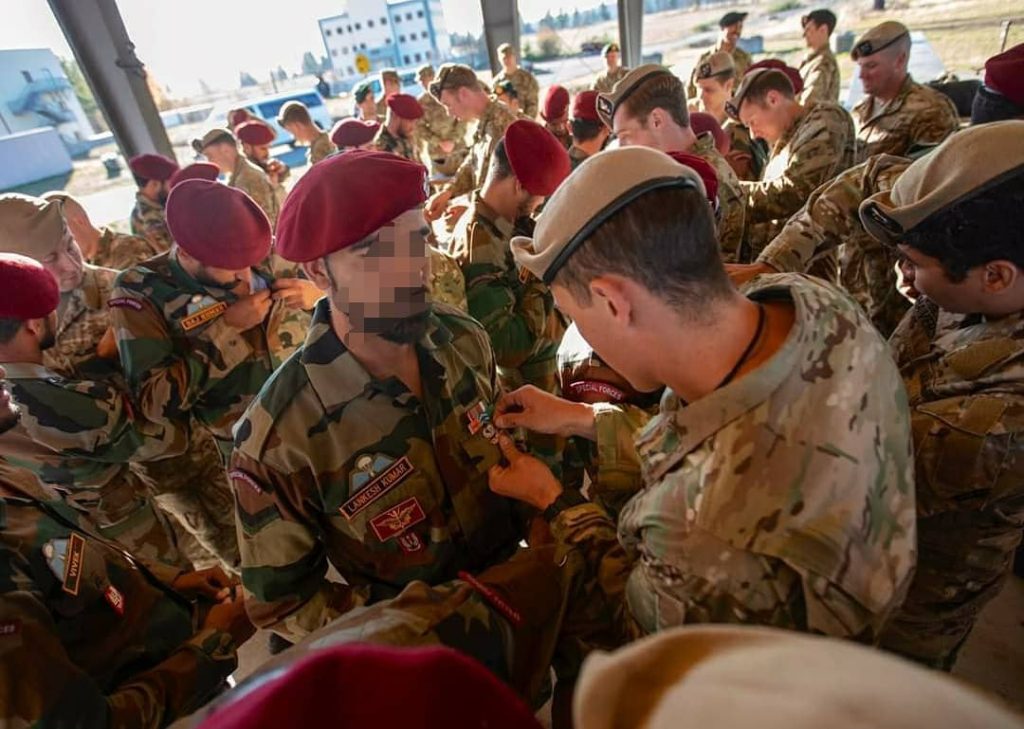
16. UNIT’S INSIGNIA: This badge tells about the regiment to which the Para commando belongs. It is worn on the right side just below the nameplate.
OTHER BADGES: There can be many other badges that are earned by the Para Commandos on completion of their routine courses such as for doing ATGM course or a Badge when posted to some Training Institute. Also, the badges earned during important wars.
